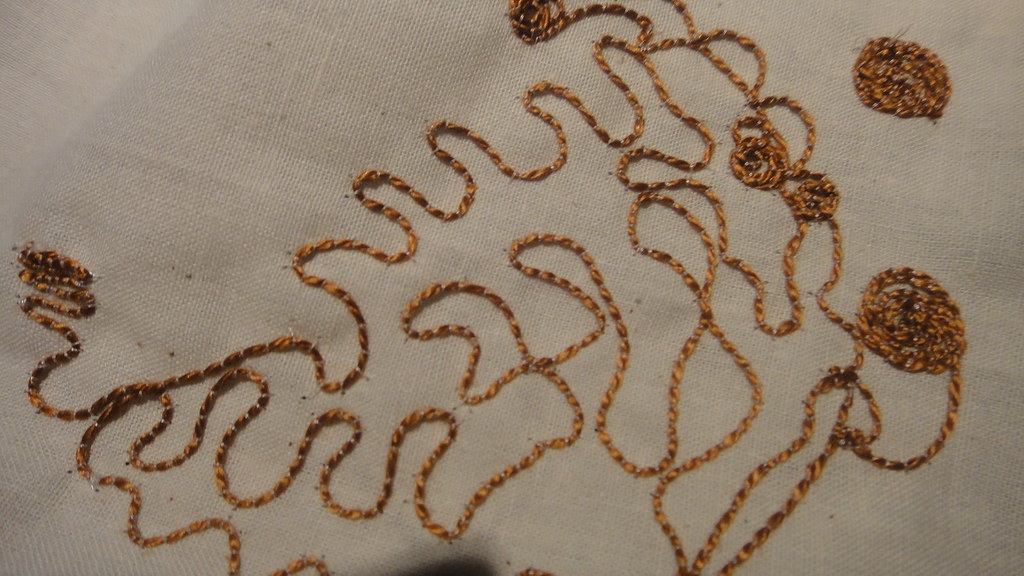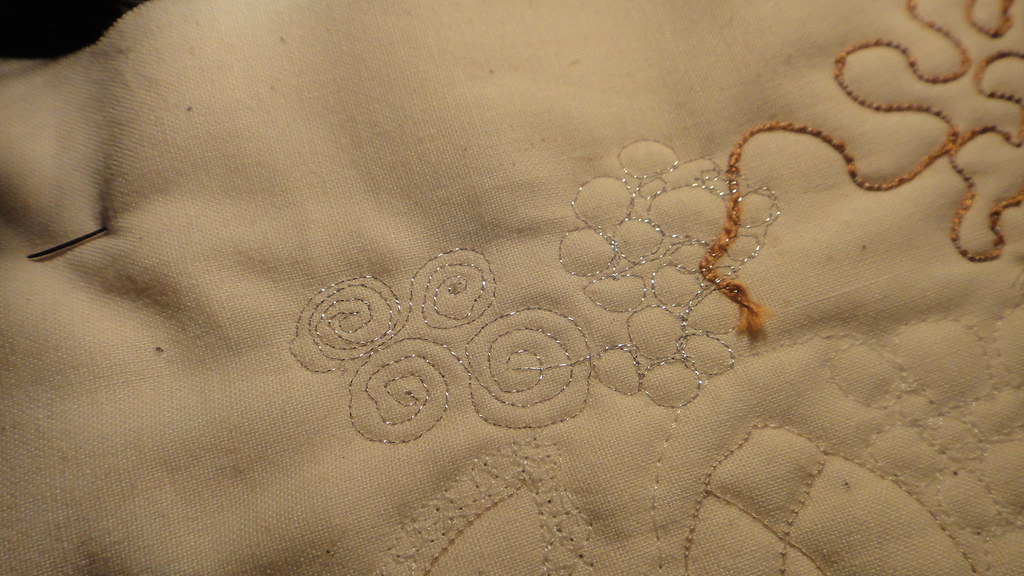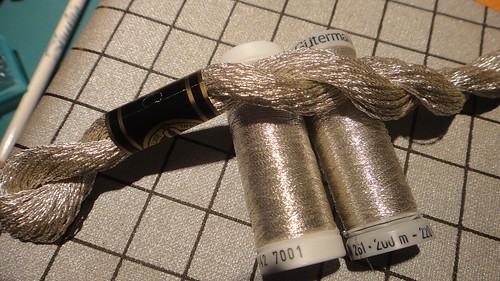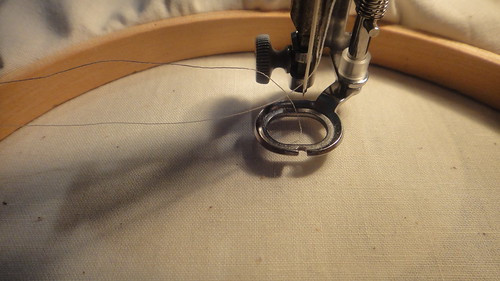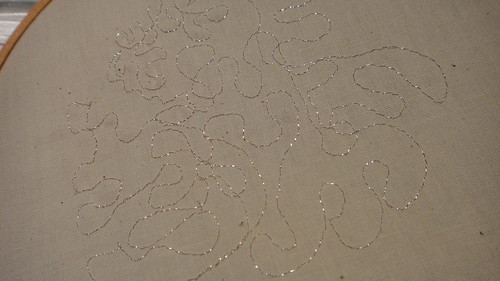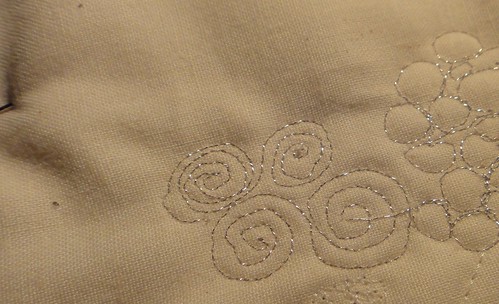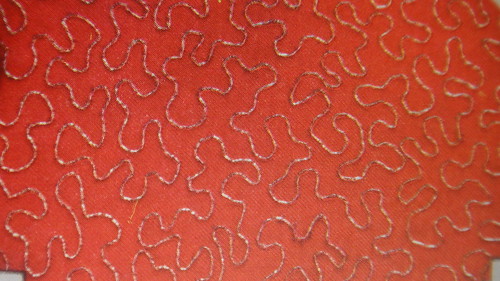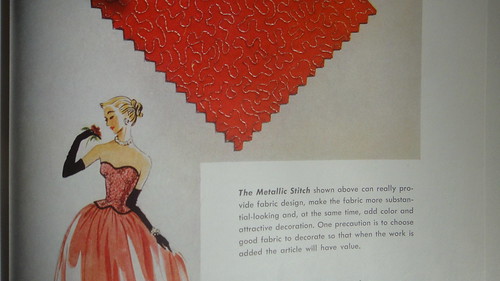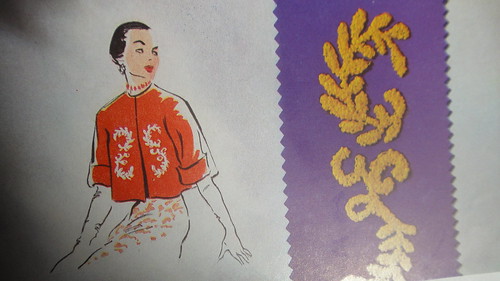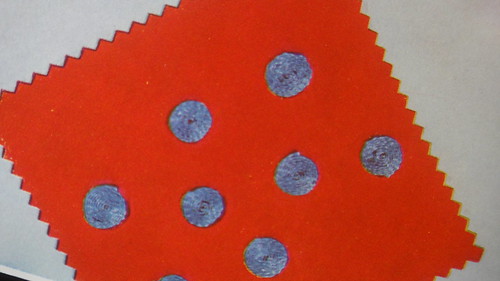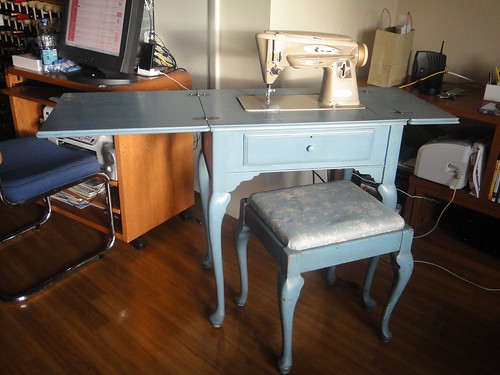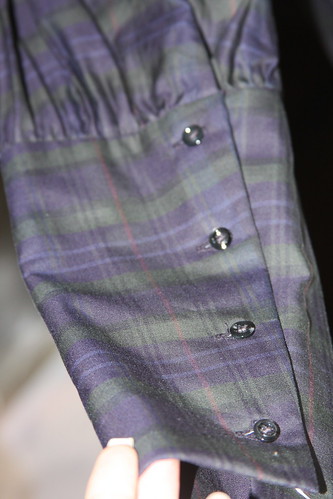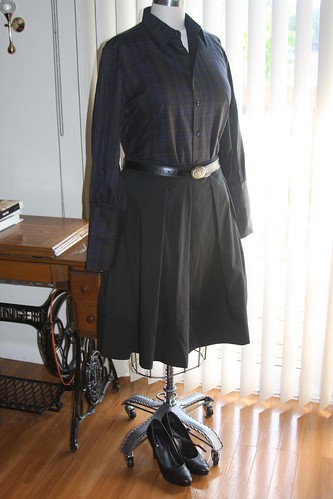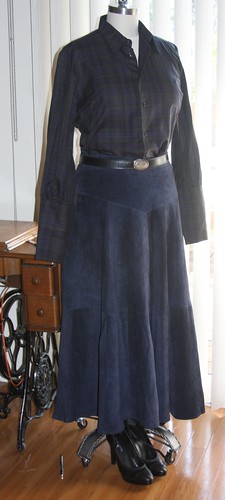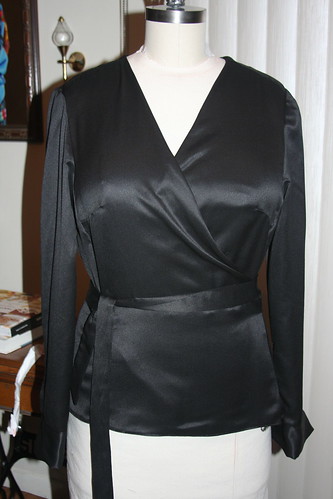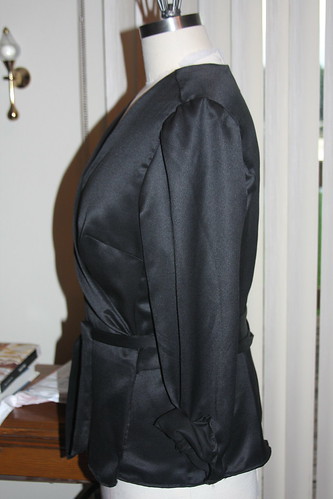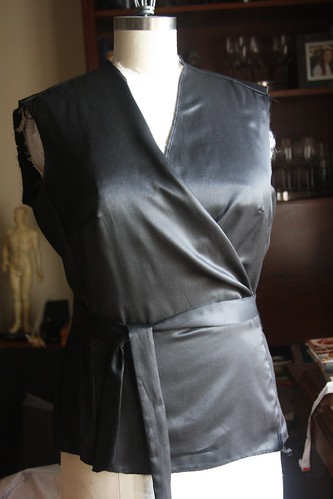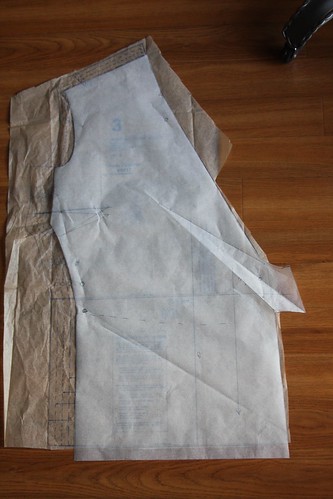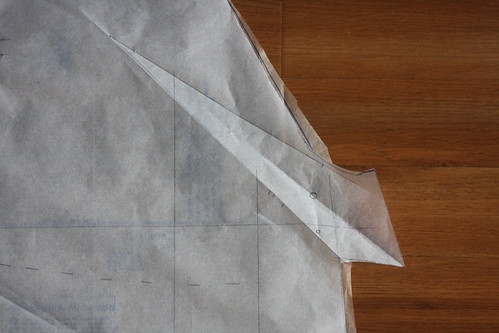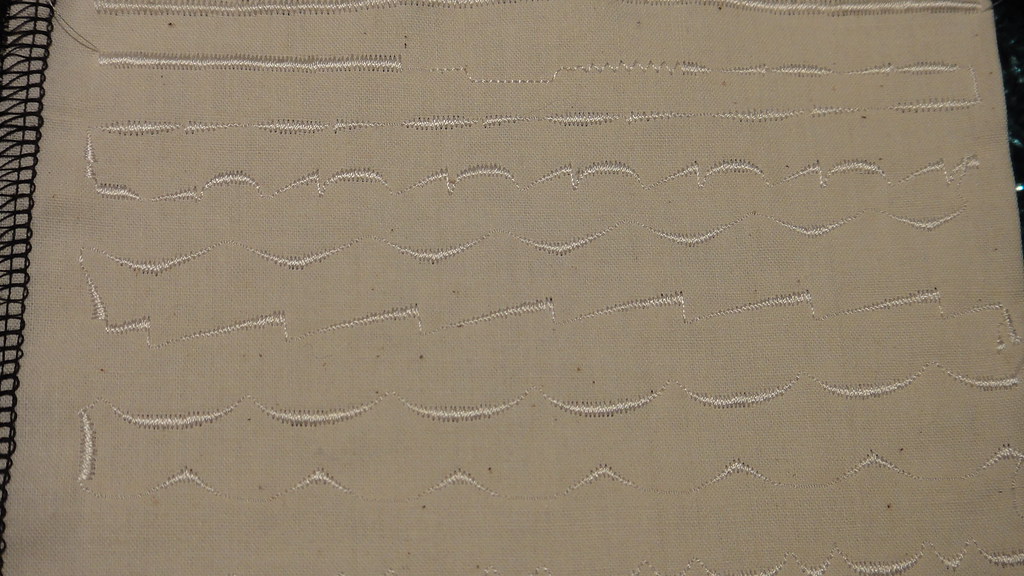
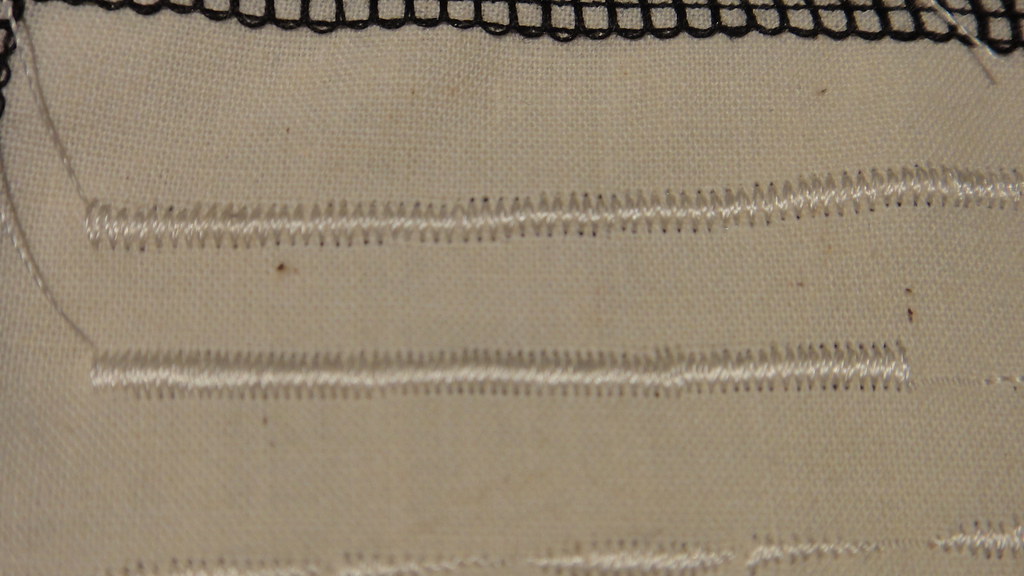
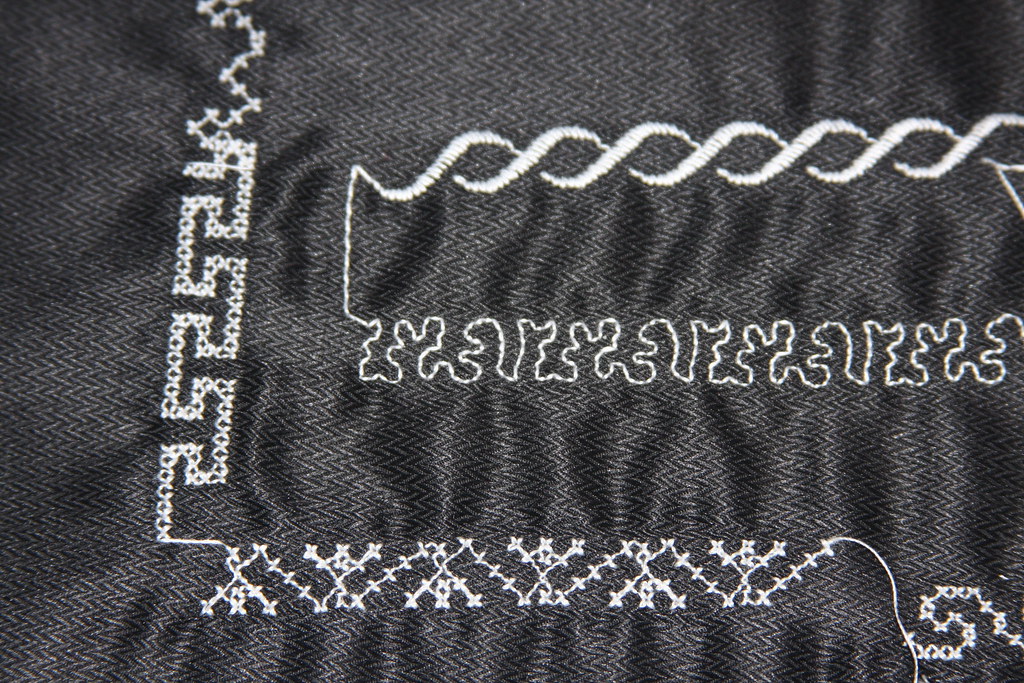 While the vintage samples are less exciting in design, to me they are superior in execution. The gold samples from both machines use Gutterman all purpose thread in the bobbin and sulky 40wt rayon in the top, with the Universal 70 needle. The samples in white were made from a Mettler cotton thread. I am amazed that the vintage sample has absolutely no puckers, while the modern machine stitch does.
While the vintage samples are less exciting in design, to me they are superior in execution. The gold samples from both machines use Gutterman all purpose thread in the bobbin and sulky 40wt rayon in the top, with the Universal 70 needle. The samples in white were made from a Mettler cotton thread. I am amazed that the vintage sample has absolutely no puckers, while the modern machine stitch does.The modern machine costs as much as my entire sewing machine collection. So either it is very expensive or I bought some great bargains (It's more of the later). Here is the issue with this lovely machine. While I have been sampling the decorative stitches, I found that a certain type of stitch doesn't execute properly, it has elements of a satin stitch and it just does not play nice.
1) buttonholes Actually these are really nice, until you turn the sample over.

The ends of the buttonhole are especially bulky, the needle goes over and over the ends and they aren't flat, except for one sample.
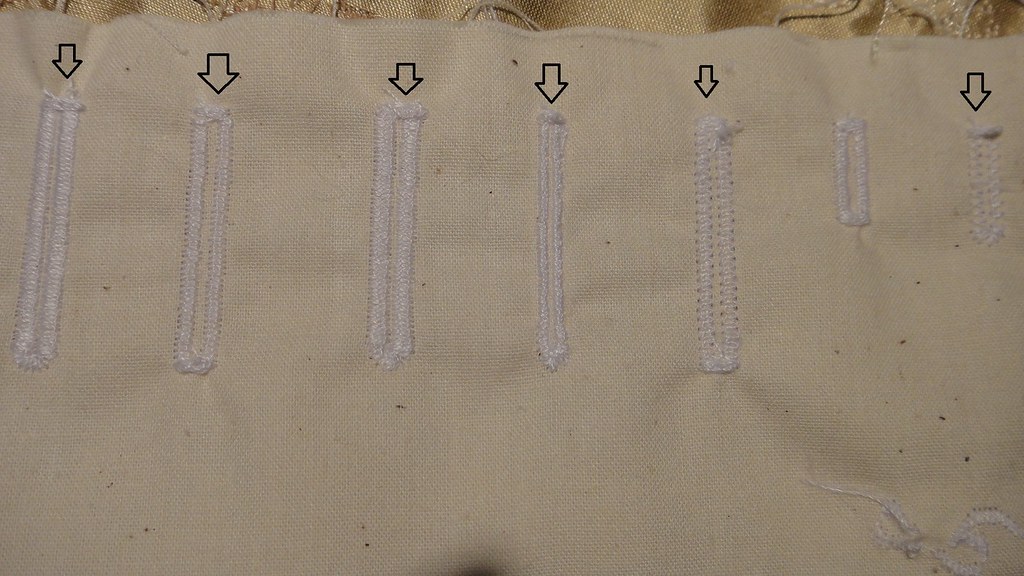
Then the bow deco stitch. First it didn't form properly because I had the wrong foot on the machine, once I changed the foot, the stitch improved but it still does not meet at the center knot. The top row has the wrong foot, the bottom row has the proper foot.


I look for another design with a bit of a spread on it and try the leaf.
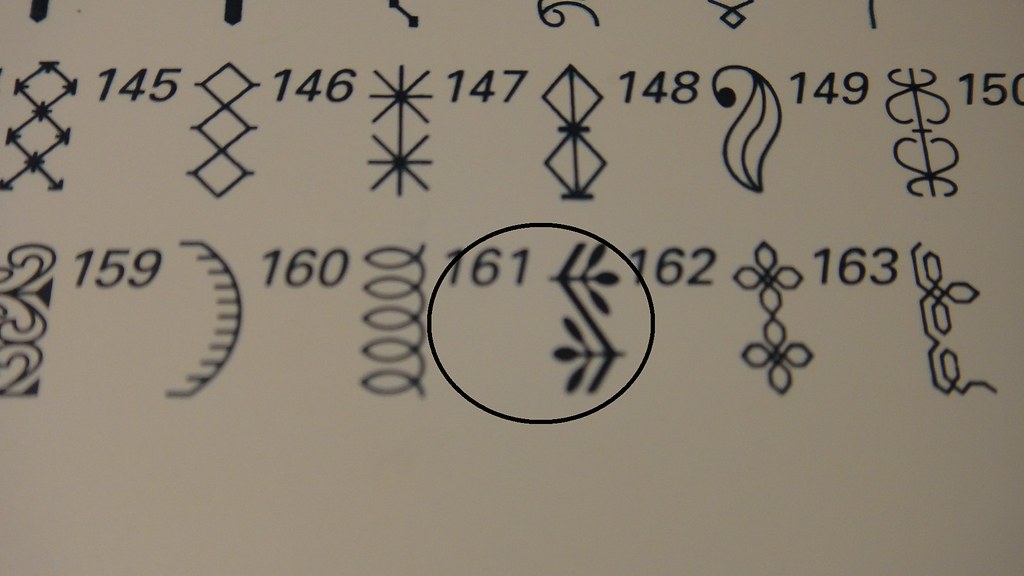
Of course I used the wrong foot here :)
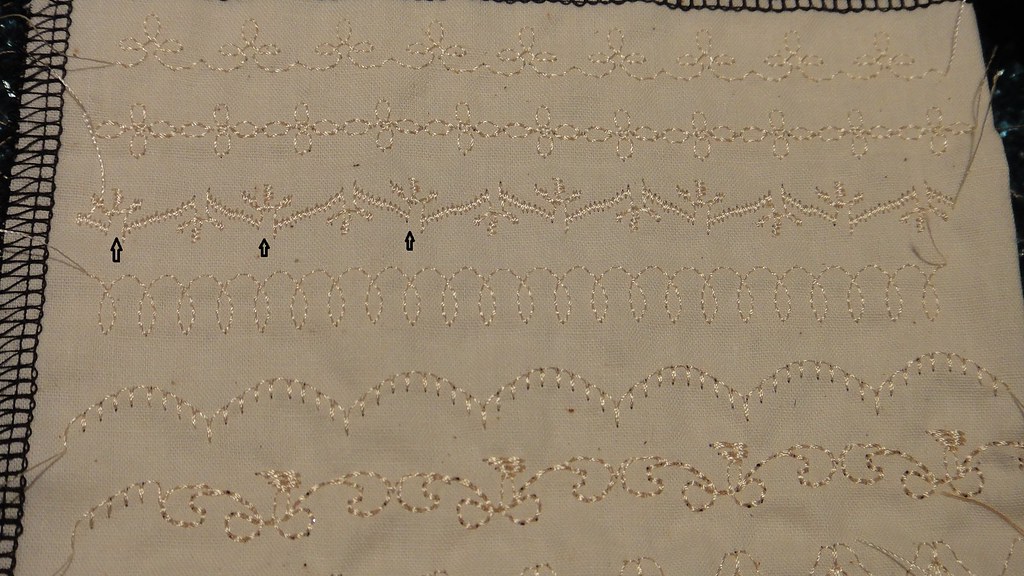 Here it is stitched with the proper foot and it improved but still not perfect, and it still doesn't meet in the middle.
Here it is stitched with the proper foot and it improved but still not perfect, and it still doesn't meet in the middle.
 Now there are other stitches that are fabulous on this machine, but it if skips like this on these types of deco stitches it will limit the number of decorative stitches I can use. Now why would I do that with such an expensive machine? I wouldn't. The store is closed for inventory but when they open I will be waiting for them. This business of modern machines is tricky and exhausting. By the end of all of this testing I'll write up a strategy for testing machines before bringing them home.
The vintage samples are from a Pfaff 360, and the modern samples are from a Bernina Aurora 450.
Now there are other stitches that are fabulous on this machine, but it if skips like this on these types of deco stitches it will limit the number of decorative stitches I can use. Now why would I do that with such an expensive machine? I wouldn't. The store is closed for inventory but when they open I will be waiting for them. This business of modern machines is tricky and exhausting. By the end of all of this testing I'll write up a strategy for testing machines before bringing them home.
The vintage samples are from a Pfaff 360, and the modern samples are from a Bernina Aurora 450.
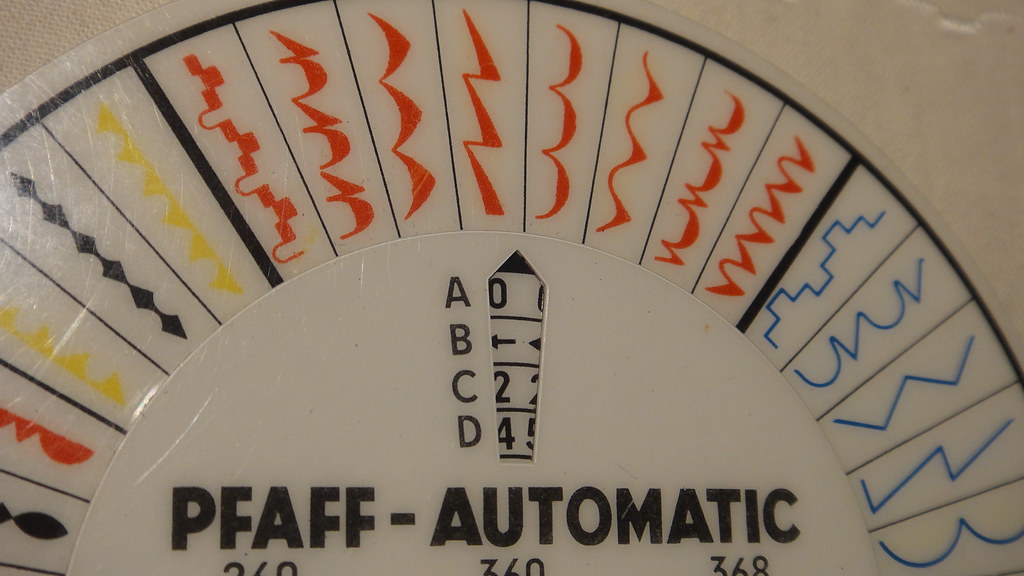
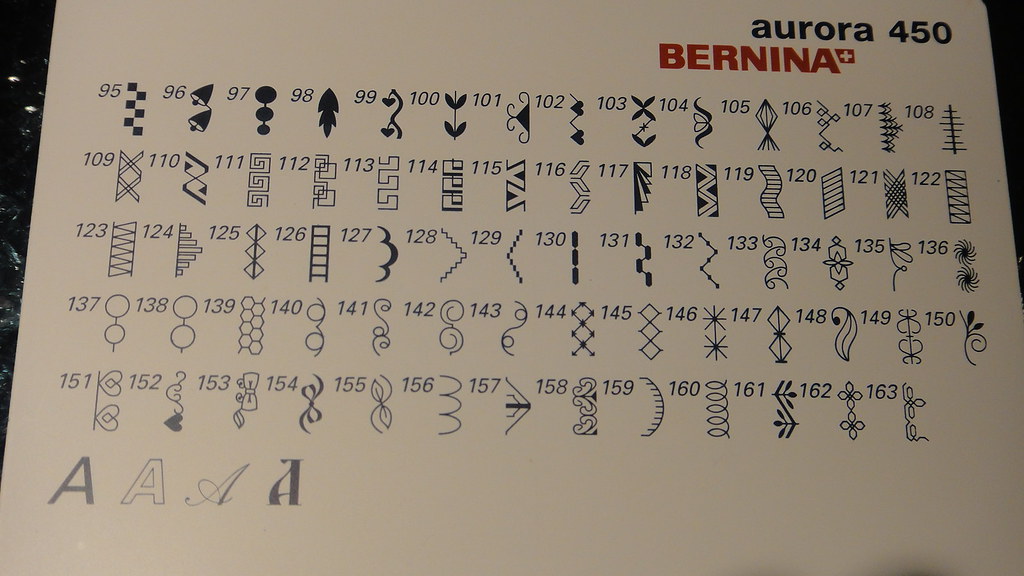
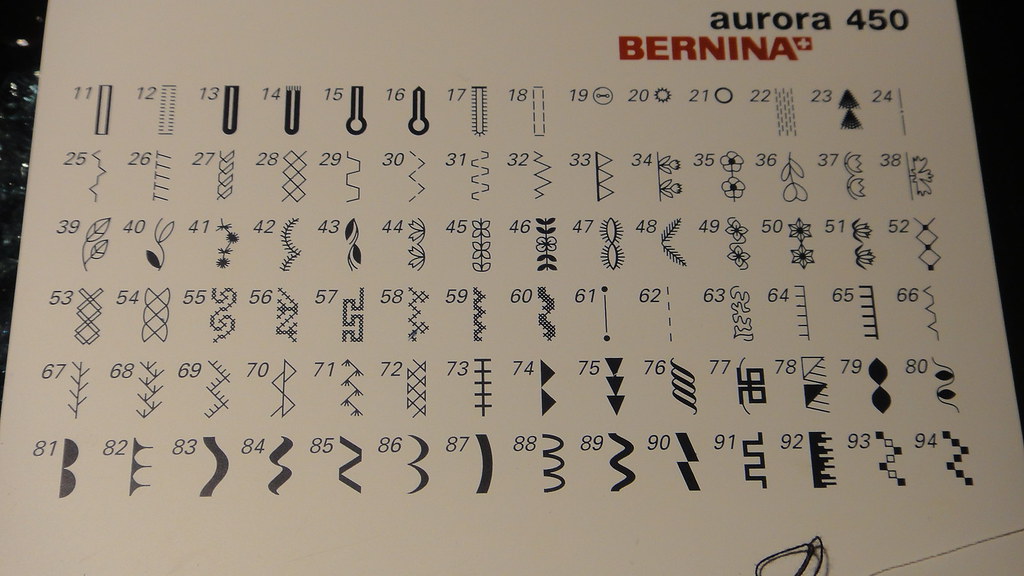 I love my vintage machines, but I'm not going to lie, I would love to have a travel machine that can sew, make buttonholes, FMQ, and even embroider. Working with a computerized machine has had it's perks.
The bobbin winder, winds the bobbin perfectly and very easily. Since it's a separate motor, your needle isn't engaged, so there's no worrying about having anything under the presser foot while you are loading a bobbin.
A needle threader that actually works
Produces a nice satin stitch as long as it's not part of a deco stitch
It's a 9 mm machine
It has thread cutters everywhere, even in the bobbin area.
It has fabulous lighting
]
Snap on feet
Automatic buttonholes
and can be ungraded to an embroidery machine.
11 needle postions
Free arm
Free hand system
Back to the drawing board, maybe 2013 is the year I get it right.
I love my vintage machines, but I'm not going to lie, I would love to have a travel machine that can sew, make buttonholes, FMQ, and even embroider. Working with a computerized machine has had it's perks.
The bobbin winder, winds the bobbin perfectly and very easily. Since it's a separate motor, your needle isn't engaged, so there's no worrying about having anything under the presser foot while you are loading a bobbin.
A needle threader that actually works
Produces a nice satin stitch as long as it's not part of a deco stitch
It's a 9 mm machine
It has thread cutters everywhere, even in the bobbin area.
It has fabulous lighting
]
Snap on feet
Automatic buttonholes
and can be ungraded to an embroidery machine.
11 needle postions
Free arm
Free hand system
Back to the drawing board, maybe 2013 is the year I get it right.
